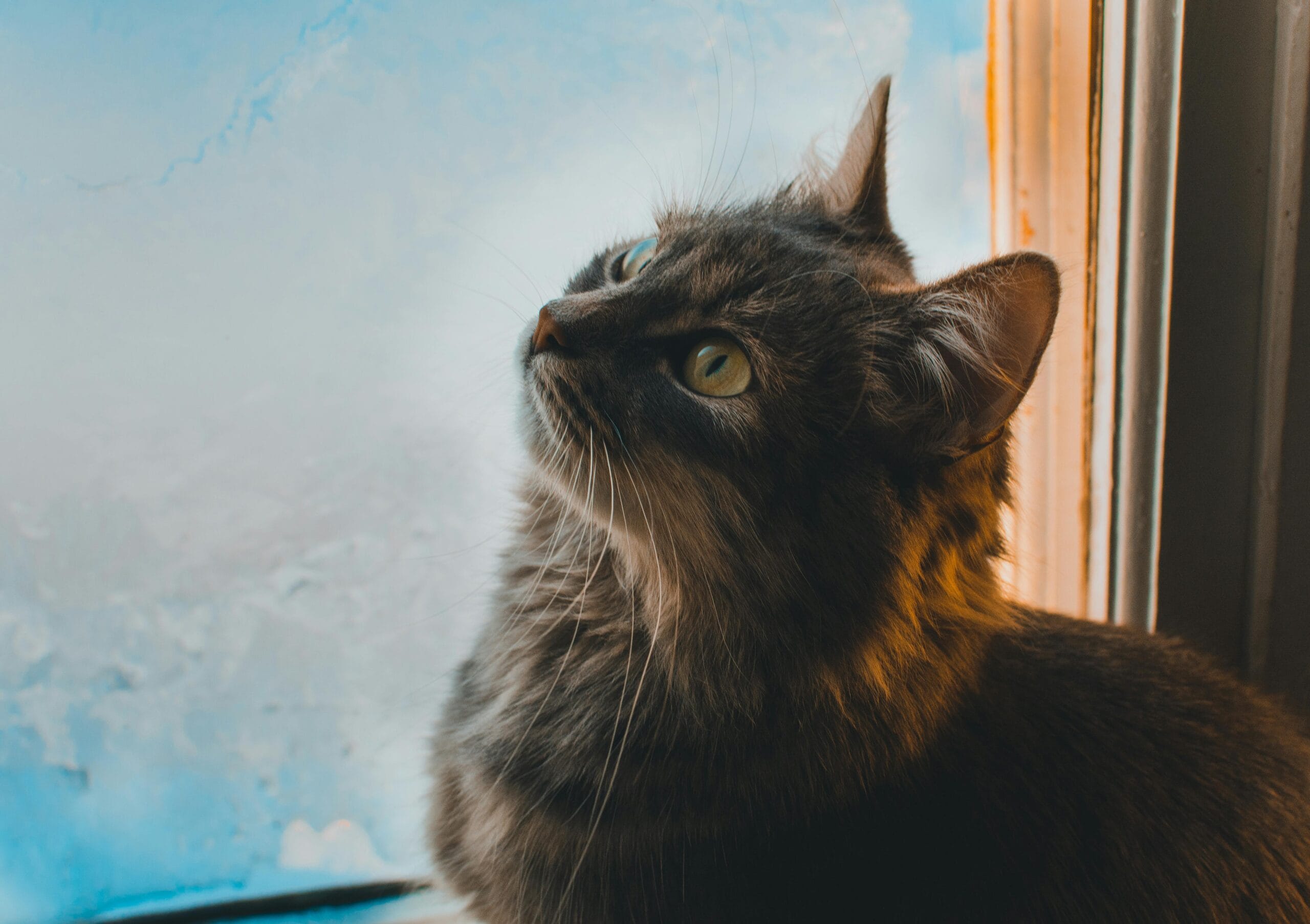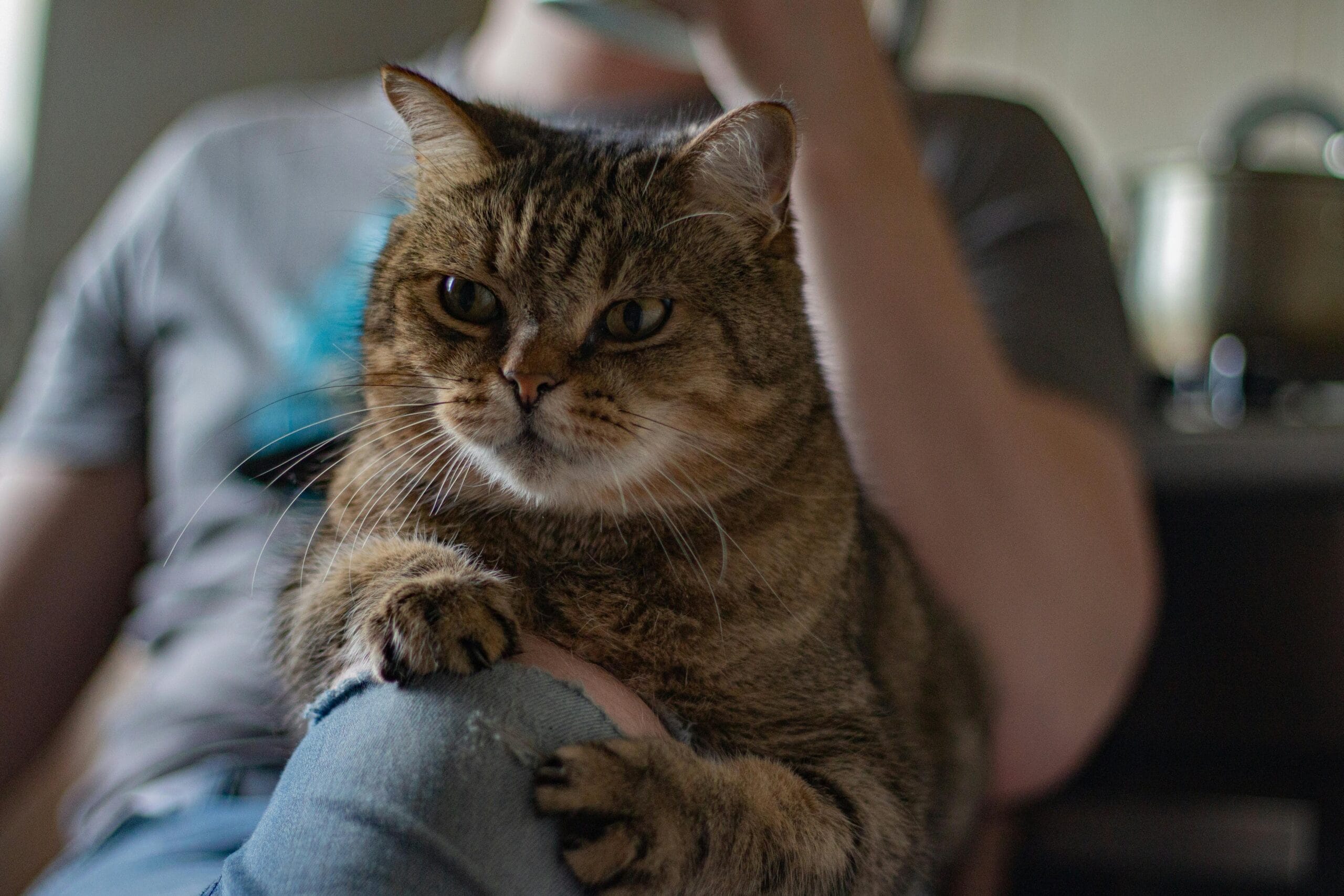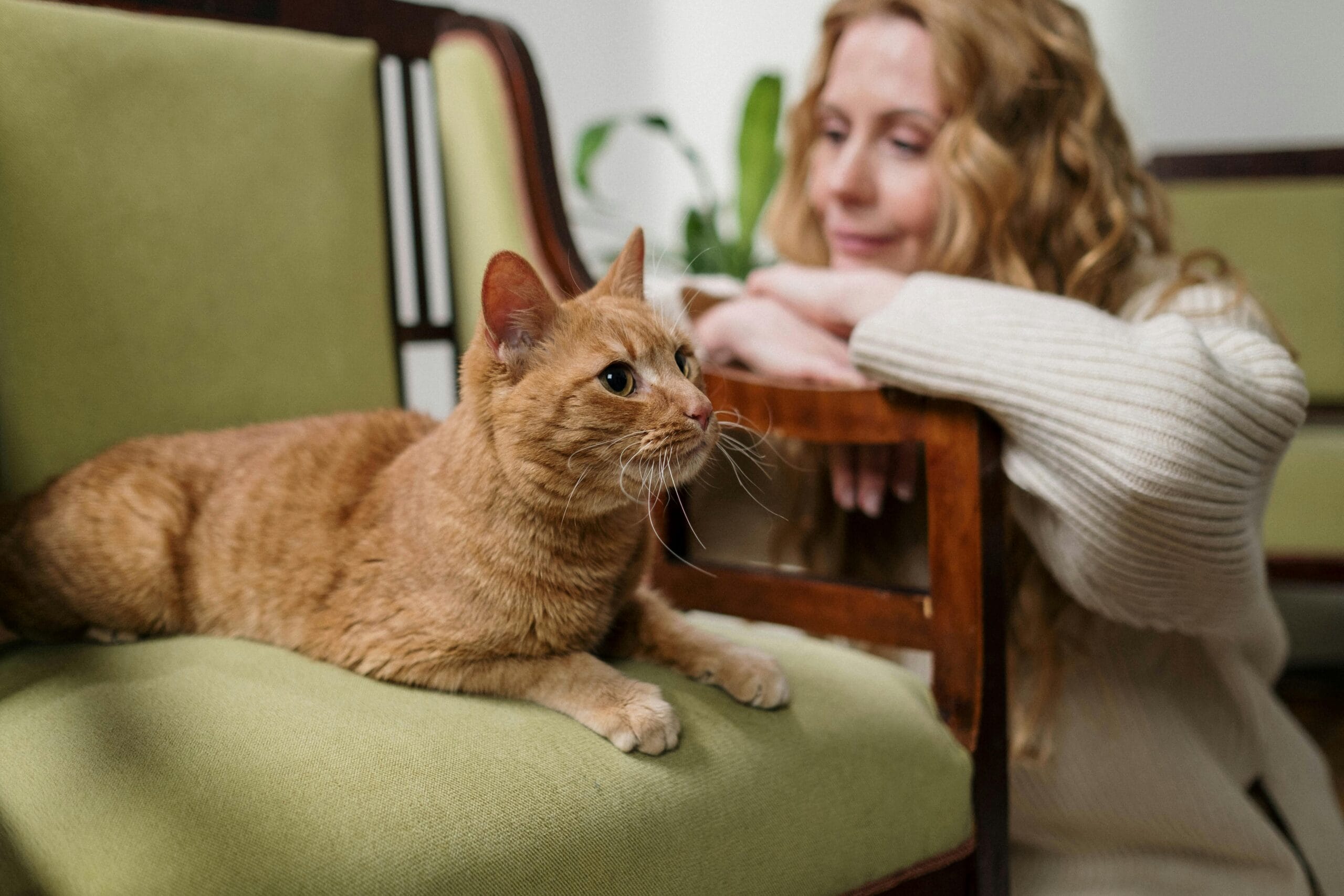Can Cats Get Parvo ?

Can Cats Get Parvo? Learn about Cat Parvovirus and its symptoms in cats. Discover crucial information to protect your feline friend. Find answers & peace of mind now!
Can Cats Get Parvo? Understanding Feline Parvovirus and its Symptoms
The short answer is no, cats cannot get the same type of parvovirus that affects dogs. While both canine and feline species can suffer from parvovirus infections, these viruses are distinct and species-specific. This means the canine parvovirus (CPV) cannot infect cats, and the feline parvovirus (FPV), while related, is a different virus altogether. Understanding this distinction is crucial for proper diagnosis and treatment. This article will delve into the details of Can Cats Get Parvo, explore the differences between canine and feline parvoviruses, and examine the symptoms of Feline Parvo Symptoms.
Understanding the Differences: Canine Parvovirus vs. Feline Parvovirus
Canine parvovirus (CPV) is a highly contagious and often fatal viral disease in dogs, causing severe gastrointestinal symptoms. It’s incredibly resilient in the environment and can survive for extended periods. However, CPV does not infect cats.
Cat Parvovirus, or Feline Panleukopenia Virus (FPV), is a different virus altogether, though it’s related to CPV in its family structure. It’s also highly contagious but affects cats specifically. While both viruses attack rapidly dividing cells, they have different target cells and mechanisms of action within the body. This is why a dog with CPV cannot infect a cat, and vice-versa. Confusing the two is a common misconception.
What is Feline Panleukopenia (FPV)?
Feline panleukopenia, also known as feline infectious enteritis, is a highly contagious viral disease caused by the feline parvovirus. This virus attacks rapidly dividing cells, primarily affecting the bone marrow, intestinal lining, and lymphatic system. The severity of the illness can range from mild to fatal, depending on factors such as the cat’s age, overall health, and the strength of the virus strain.
FPV spreads easily through direct contact with infected cats, or indirectly through contaminated environments. The virus is remarkably hardy and can survive for extended periods in the environment, making disinfection crucial in managing outbreaks.
Recognizing Feline Parvo Symptoms
The Feline Parvo Symptoms can vary in severity, but some common signs include:
- Lethargy and weakness
- Loss of appetite
- Vomiting and diarrhea (often bloody)
- Dehydration
- Fever
- Weight loss
- Depression
- Ataxia (loss of coordination)
- In kittens, it can also cause cerebellar hypoplasia (underdeveloped cerebellum), leading to neurological problems later in life.
It’s crucial to note that some cats may only exhibit mild symptoms, while others can experience a severe, life-threatening illness. If you suspect your cat might be exhibiting any of these symptoms, immediate veterinary attention is critical. Early diagnosis and treatment are vital to improving the chances of recovery.
Diagnosis and Treatment of Feline Panleukopenia
Veterinarians diagnose Feline Parvovirus using several methods, often beginning with a physical examination and evaluation of the cat’s clinical signs. Blood tests can help assess the cat’s overall health and identify the presence of the virus. Further tests might include fecal examinations to check for the virus’s presence in the feces.
Treatment is primarily supportive, focusing on managing the symptoms and supporting the cat’s immune system. This usually includes:
- Fluid therapy to combat dehydration
- Anti-emetic medication to control vomiting
- Nutritional support, often through intravenous feeding initially
- Antibiotics may be used to prevent secondary bacterial infections
The prognosis for cats with Feline Panleukopenia depends on several factors, including the severity of the illness, the cat’s overall health, and the promptness of veterinary care. Early intervention significantly increases the chances of a favorable outcome. Unfortunately, some cats, particularly young kittens, may not survive even with intensive care.
Preventing Feline Parvovirus
Prevention is always better than cure. The most effective way to protect your cat from Feline Parvovirus is through vaccination. The FPV vaccine is part of the core feline vaccination program and is highly effective in preventing the disease.
Maintaining good hygiene practices can also help minimize the risk of infection. Regularly cleaning and disinfecting litter boxes, food and water bowls, and other surfaces your cat comes into contact with is essential. If you have multiple cats, keeping them separated during outbreaks can help prevent the spread of the virus. For more information on feline vaccination protocols, you can refer to resources from the American Veterinary Medical Association (AVMA). This authoritative source provides detailed guidelines on recommended vaccines and vaccination schedules, helping pet owners make informed decisions about their pet’s healthcare. Learn more from the AVMA.
The Importance of Vaccination
Vaccination remains the most effective means of preventing feline panleukopenia. Kittens should receive their first FPV vaccination around 8 weeks of age, followed by booster shots at appropriate intervals. Adult cats should also receive regular booster vaccinations to maintain immunity. While the vaccine is not 100% foolproof, it dramatically reduces the risk of infection and the severity of the disease should the cat still become infected.
Consult your veterinarian to discuss a vaccination schedule that’s tailored to your cat’s specific needs and risk factors. Remember, regular vet checkups are crucial for early disease detection and proactive disease prevention. Ignoring preventative care can lead to significant health problems and potentially costly treatments down the line. For a comprehensive understanding of feline vaccinations and their importance, the website of the Cornell University College of Veterinary Medicine provides valuable information. Check out Cornell’s resources.
Addressing Common Misconceptions about Can Cats Get Parvo
Many pet owners mistakenly believe that if their dog has parvo, their cat is at risk. This is incorrect. While both are parvoviruses, they are distinct viruses that infect different species. CPV cannot infect cats and FPV cannot infect dogs. Understanding this crucial difference is key to effective prevention and treatment.
Another misconception is that only unvaccinated cats are at risk. While vaccination significantly reduces the risk, it does not provide 100% protection. Even vaccinated cats can become infected, but the disease usually manifests in a milder form. Regular booster shots are essential to maintain a strong immune response and minimize the severity of the illness if infection occurs.
Long-Term Effects of Feline Parvovirus
Even if a cat survives a Feline Parvovirus infection, it can experience long-term health consequences. Some cats may develop chronic digestive problems, such as persistent vomiting or diarrhea. Others might experience a weakened immune system, making them more susceptible to other infections. In kittens, the neurological damage from cerebellar hypoplasia can lead to permanent movement disorders. This highlights the significance of preventing FPV infection through vaccination and proactive healthcare measures.
The best way to prevent long-term complications is to seek prompt veterinary care at the first sign of illness. Early intervention greatly improves the chances of a full recovery and minimizes the potential for long-term health problems. The Centers for Disease Control and Prevention (CDC) is a useful resource for understanding the importance of vaccinations in general and how they work on viruses, including those in animals. Explore the CDC website for more general information.
Conclusion: Protecting Your Cat from Feline Parvovirus
While cats cannot contract canine parvovirus, Cat Parvovirus (FPV) is a serious threat. Understanding the differences between these viruses is vital. Regular vaccination, vigilant hygiene practices, and prompt veterinary care are the best ways to protect your feline companion. Remember, early detection and treatment of Feline Parvo Symptoms greatly improve the chances of a positive outcome.
Share Your Experience!
Have you had experience with feline panleukopenia? Share your story and tips in the comments below! Let’s create a supportive community to help others understand Can Cats Get Parvo and how to best protect their beloved pets. Your insights on Feline Parvo Symptoms and preventative measures could save a life!

Can Cats Get Parvo? 10 Frequently Asked Questions
Here are 10 frequently asked questions about whether cats can get parvo, along with detailed answers:
1. Can cats get parvo?
No, cats cannot get the same type of parvovirus that affects dogs (Canine Parvovirus). While both are parvoviruses, they are different strains and species-specific. A dog with canine parvovirus cannot infect a cat, and vice-versa. However, cats can contract a different form of parvovirus called Feline Panleukopenia Virus (FPV), often mistakenly referred to as “feline parvo.”
2. What is Feline Panleukopenia Virus (FPV)?
FPV, or Cat Parvovirus, is a highly contagious virus that affects cats of all ages, but kittens are particularly vulnerable. It attacks rapidly dividing cells, primarily affecting the bone marrow, intestines, and lymph nodes.
3. What are the symptoms of Feline Panleukopenia?
Feline Parvo Symptoms can include lethargy, loss of appetite, vomiting, diarrhea (often bloody), fever, dehydration, and depression. In severe cases, it can lead to death. Early detection is crucial.
4. How is Feline Panleukopenia spread?
FPV spreads through direct contact with infected feces, contaminated surfaces, or bodily fluids. It’s highly resistant to disinfectants and can survive in the environment for extended periods.
5. Is there a vaccine for Feline Panleukopenia?
Yes, FPV is highly preventable through vaccination. The core feline vaccination typically includes protection against FPV. Kittens should receive their first vaccinations at 6-8 weeks of age.
6. How is Feline Panleukopenia diagnosed?
Diagnosis is usually made through a combination of physical examination, reviewing the cat’s history, and blood tests to check for low white blood cell counts, a characteristic sign of Cat Parvovirus infection.
7. What is the treatment for Feline Panleukopenia?
Treatment involves supportive care, such as fluid therapy to combat dehydration, anti-nausea medication, and nutritional support. Severe cases may require hospitalization. There is no specific antiviral treatment for FPV.
8. Can a cat recover from Feline Panleukopenia?
With prompt veterinary care, many cats recover from FPV. However, the outcome depends on the severity of the infection and the cat’s overall health. Some cats may experience long-term complications.
9. How can I prevent my cat from getting Feline Panleukopenia?
Vaccination is the most effective way to prevent Cat Parvovirus. Maintain good hygiene, including regular cleaning and disinfection of litter boxes and other surfaces. Avoid contact with stray or unvaccinated cats.
10. My cat has symptoms, should I panic?
If you suspect your cat may have Feline Parvo Symptoms, contact your veterinarian immediately. Early intervention is vital for increasing the chances of a successful outcome. Don’t attempt to treat it at home.

Can Cats Get Parvo? Understanding Feline Panleukopenia
While the term “parvo” commonly refers to canine parvovirus, cats are susceptible to a similar, though distinct, disease called feline panleukopenia, often called feline distemper. It’s crucial to understand the differences and how to protect your cat.
Key Differences: Canine Parvo vs. Feline Panleukopenia
Although both are highly contagious viral diseases, canine parvovirus and feline panleukopenia are caused by different viruses and do not cross-infect. A dog with parvo cannot infect a cat, and vice versa.
Understanding Feline Panleukopenia (Feline Distemper)
Feline panleukopenia is a highly contagious viral disease that affects a cat’s white blood cells, leading to a severe drop in their immune system. This makes them vulnerable to secondary infections.
Symptoms of Feline Panleukopenia
Symptoms can vary, but common signs include:
- Lethargy
- Loss of appetite
- Vomiting and diarrhea (often bloody)
- Dehydration
- Fever
- Weakness
Important: If you suspect your cat has feline panleukopenia, seek immediate veterinary care. Early diagnosis and treatment are critical.
Prevention is Key: Vaccination
The most effective way to prevent feline panleukopenia is through vaccination. The FVRCP vaccine (feline viral rhinotracheitis, calicivirus, and panleukopenia) protects against this deadly disease, along with other common feline illnesses.
Practical Tips for Prevention
- Vaccinate your cat: Follow your veterinarian’s recommendations for vaccination schedules.
- Practice good hygiene: Wash your hands thoroughly after handling your cat or cleaning its litter box.
- Prevent exposure: Avoid contact with stray or unvaccinated cats.
- Disinfect thoroughly: Use appropriate disinfectants to clean areas where infected cats have been.
- Isolate sick cats: Keep infected cats away from other cats to prevent the spread of the disease.
Health Considerations
Feline panleukopenia can be fatal if left untreated. Even with treatment, some cats may suffer long-term effects. Prompt veterinary care, including supportive treatment like fluids and medications to combat secondary infections, significantly increases the chances of recovery.
SEO Keywords:
Feline Panleukopenia, Feline Distemper, Cat Parvo, Cat Parvovirus, Cat Vaccination, FVRCP Vaccine, Contagious Cat Diseases, Cat Health, Cat Illness, Prevent Cat Diseases